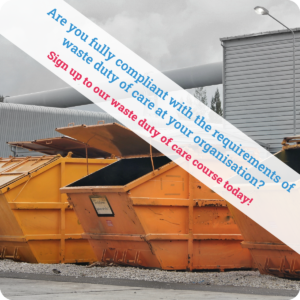Jurisdiction: England
Commencement: 6th April 2023
Amends: Building Act 1984 (c. 55)
This Building Act 1984 (c. 55) allows the Secretary of State to make regulations in order to:
- secure the health, safety, welfare and convenience of people in or about buildings, and of people who may be affected by buildings;
- stimulate the conservation of fuel and power; and
- prevent waste, over-consumption, misuse or contamination of water.
The Building Act 1984 also imposes a duty on local authorities to enforce the building regulations in their areas as well as a right of entry into buildings. It also provides for prosecution and enforcement proceedings against the perpetrators and owners of defective buildings and building work.
Local authority powers in relation to dangerous structures and demolitions are also included in the Act.
The Building Act 2022 (“2022 Act”) establishes the regulator (established under the Health and Safety executive) as the building control authority for higher-risk buildings* in England and designated local authorities as the building control authority in Wales. The duties and powers of the regulator in relation to higher-risk buildings are outlined in the 2022 Act.
*Buildings of at least 18 metres in height or with at least 7 storeys and contains at least 2 residential units.
Minor technical changes are made to clarify that:
- exemptions made under Section 5 of the 1984 Act do not apply to higher-risk building work*; and
- public body’s notices must not include higher-risk building work.
*Higher-risk building work means any work carried out on a building that:
- is 18 metres in height or 7 storeys tall; and
- contains at least 2 residential units.
This means that all higher-risk building work must be supervised by the building safety regulator.
Public body’s notice
Public bodies, or where appropriate, local authorities, must now cancel any public body’s notice (in whole or in part) that relates to higher-risk building work.
Public bodies must:
- notify the relevant local authority; and
- provide a copy of the cancellation notice to the building safety regulator.
Schedule 4 (1C) sets out the process for appealing a cancellation notice.
A new public body’s notice must not be given for any building work previously specified in a cancellation notice.
Penalties
The building safety regulator may impose a penalty on a public body for non-compliance, in accordance with Schedule 4.
N.B. The building safety regulator must give notice of their intention to impose a penalty.
The Legislation Update Service is the best way to stay up to date automatically with legislation in England, Wales, Scotland, Northern Ireland and the Republic of Ireland.
Sign up for your free trial to get instant access.
